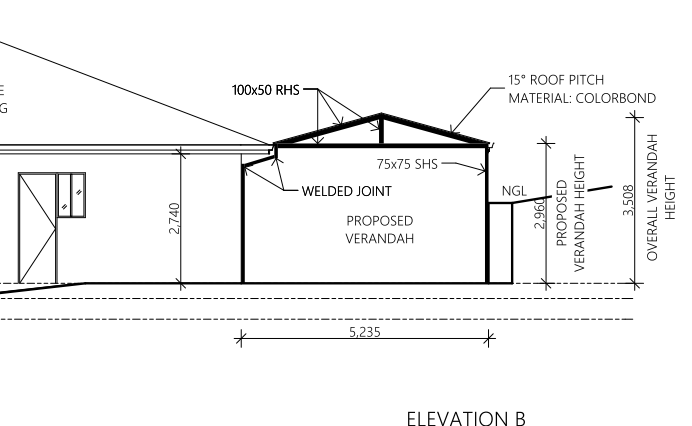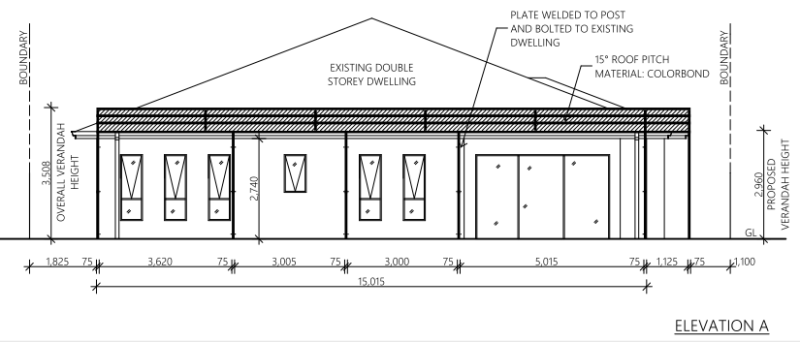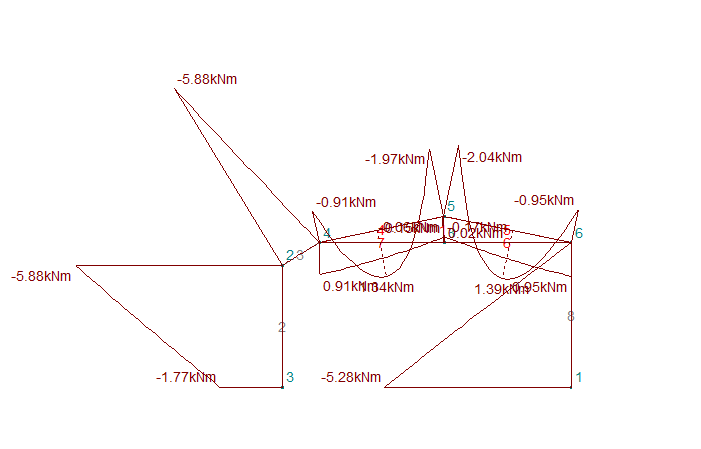The usual process goes something like this:
1) Decide where you want the lateral reactions to go. This can be the left end of the truss, the right end of the truss, both ends of the truss, the roof diaphragm, or any number of less common scenarios. Make your decision based on available strength, available stiffness, detailing convenience, and your own preferences as he designer.
2) Whatever provides the lateral support for your truss, usually we design that stuff separately from the truss itself, using the reactions from the truss.
3) Design the truss using one of these approaches:
3a) If lateral effects are small relative to gravity effects, ignore them and make one end of your truss pinned and the other fixed arbitrarily.
3b) If you're confident that you know where the lateral loads will go, or where you want them to go, model your truss supports to reflect that.
3c) If you're unsure of the load path and want a little more conservatism, place the lateral support (pin) as far from the source(s) of the lateral load as possible to maximize the number of truss members involved in resisting the lateral load. Note that this may not be universally conservative in all cases and some case specific engineering judgement is required.
I'd recommend posting some sketches of your truss and and the framing upon which it bears (plan and section). You've got some wildly competent structural engineers participating in your thread. With some additional information in hand, they'll tell you just what ought to be done and why. They might even agree.
I like to debate structural engineering theory -- a lot. If I challenge you on something, know that I'm doing so because I respect your opinion enough to either change it or adopt it.




